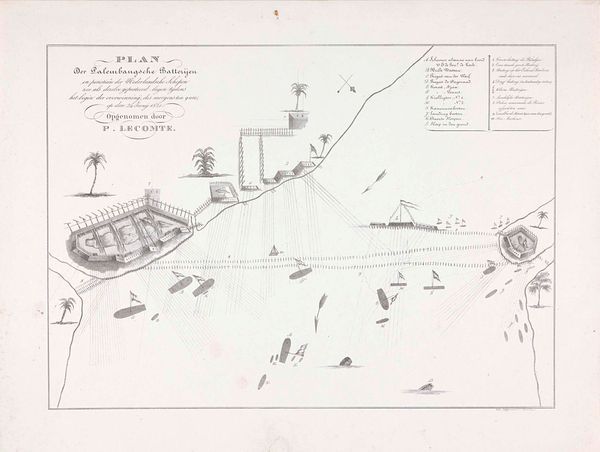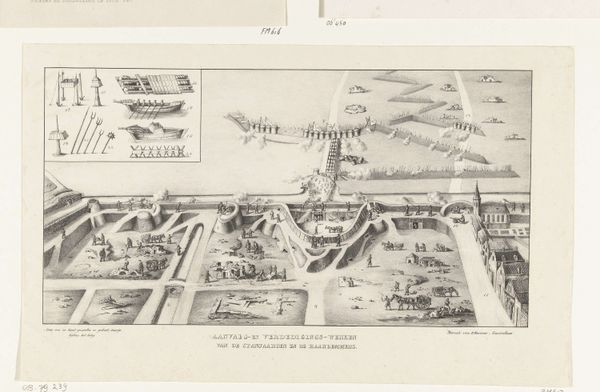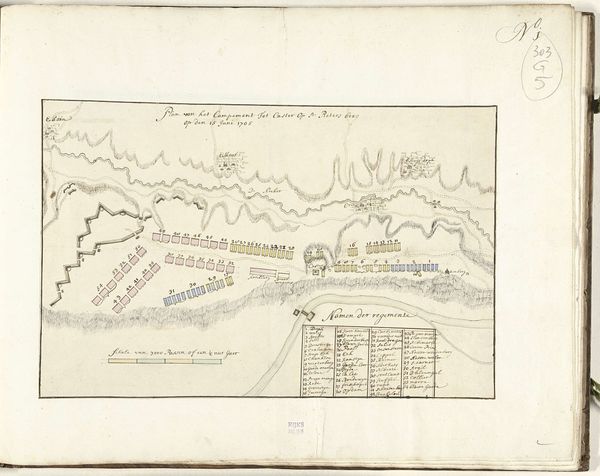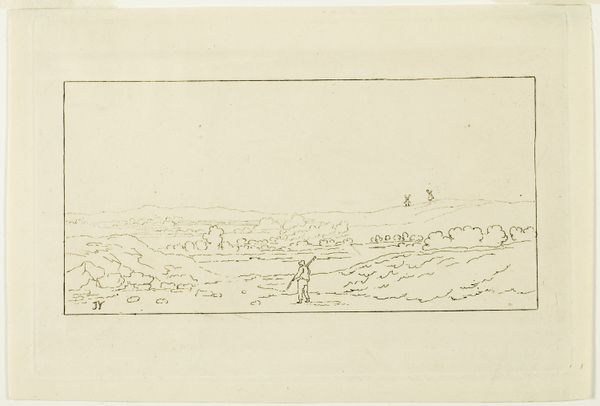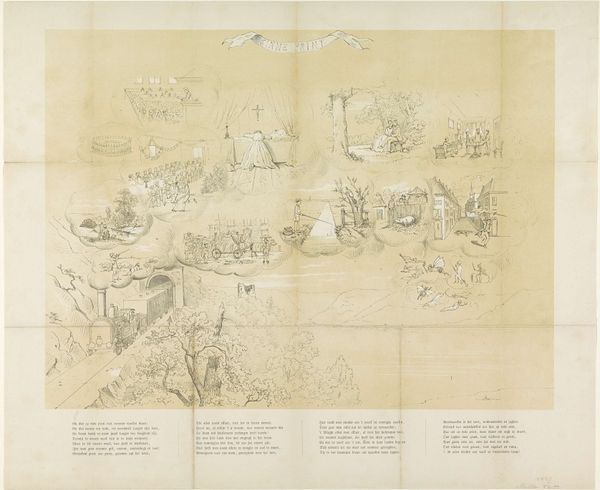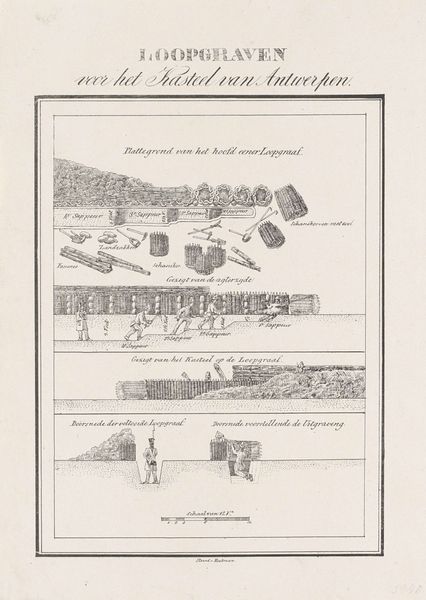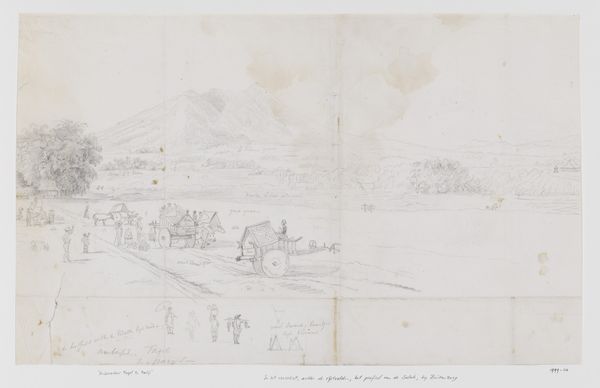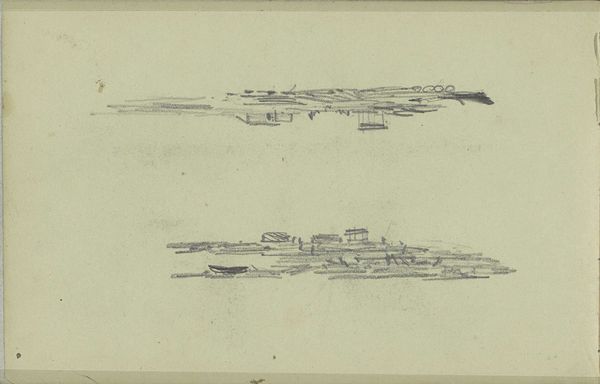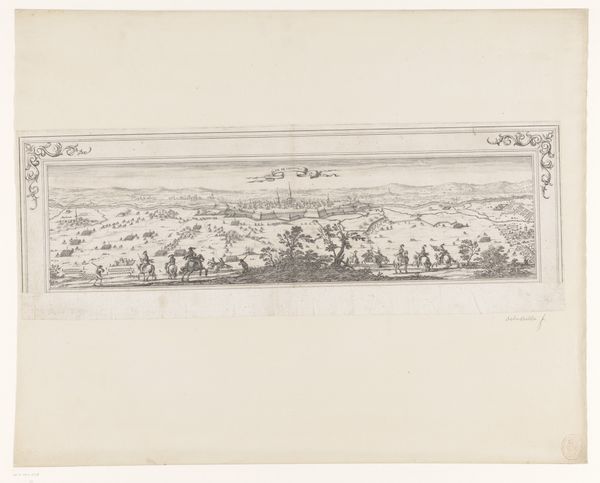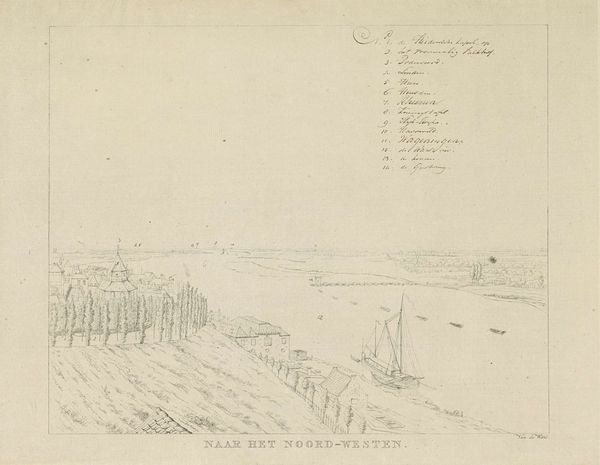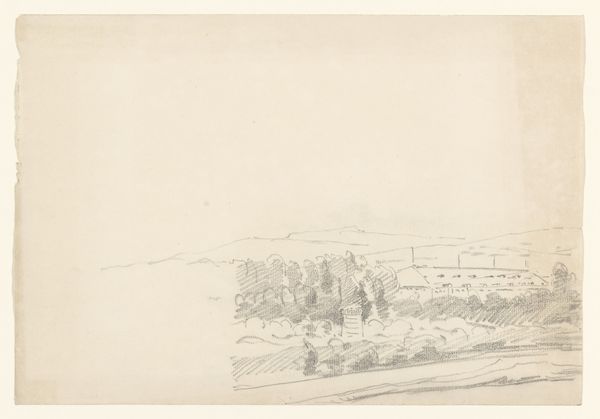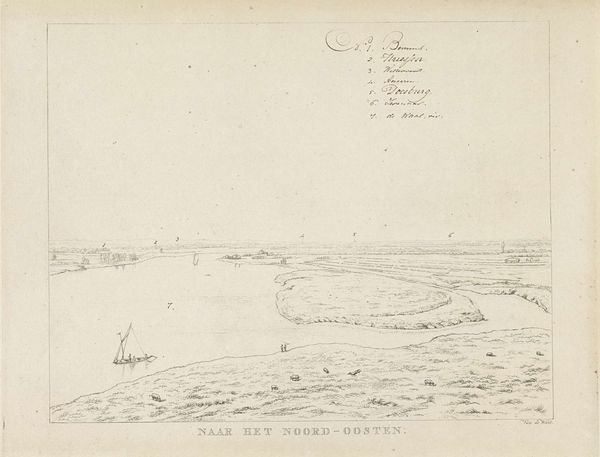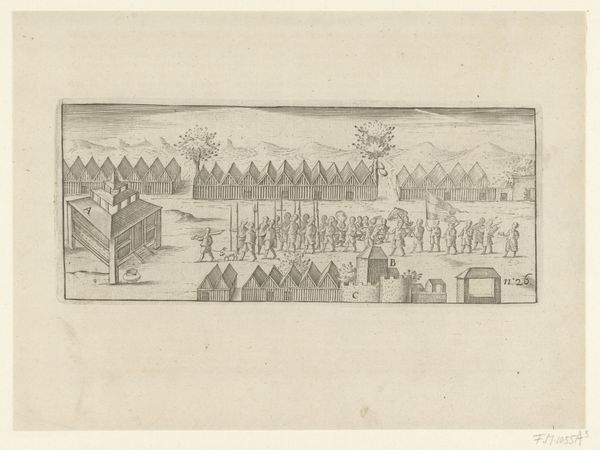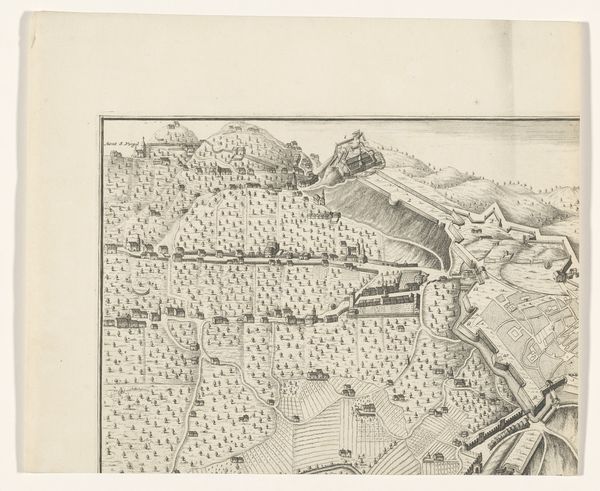
Sleutel bij de prent van de belegering der Citadel van Antwerpen, december 1832 1832 - 1833
0:00
0:00
Dimensions: height 185 mm, width 230 mm
Copyright: Rijks Museum: Open Domain
Editor: Here we have a print titled "Key to the image of the siege of the Citadel of Antwerp, December 1832," created anonymously around 1832-1833. It’s an engraving that shows a city under siege. I'm struck by how schematic and precise it is, almost like a technical drawing, despite depicting such a chaotic event. What do you make of this? Curator: It is fascinating how this print, with its precise details, participates in shaping public memory. We need to consider that historical prints like this, especially those depicting battles and sieges, weren't just documentation; they served a critical role in constructing and disseminating narratives about national identity and political events. Editor: So, it's not necessarily about showing exactly what happened, but rather telling a particular story about it? Curator: Precisely. The anonymous artist isn't a neutral observer. By meticulously illustrating specific aspects of the siege and providing a "key," they’re creating a carefully managed account for public consumption. Consider how this print might have functioned within the broader context of Belgian nationalism during that period. Editor: I see what you mean. It presents an almost scientific view of warfare. Where do you think the general public stood? Curator: Think about how the art market or the ruling class would react. They may have been commissioned to promote political ideas. It presents a highly controlled and ordered image of conflict which could affect viewers and change their minds on warfare. Editor: That's a perspective I hadn't considered. Looking at art as active participation in socio-political movements is fascinating. Thank you! Curator: My pleasure. It is very useful to see art from this perspective.
Comments
No comments
Be the first to comment and join the conversation on the ultimate creative platform.
